Casa Gorordo is a mansion built in the 1850s and inhabited by two elite families until 1979, when it was acquired by the Ramon Aboitiz Foundation which now manages it. We first visited in 2018.
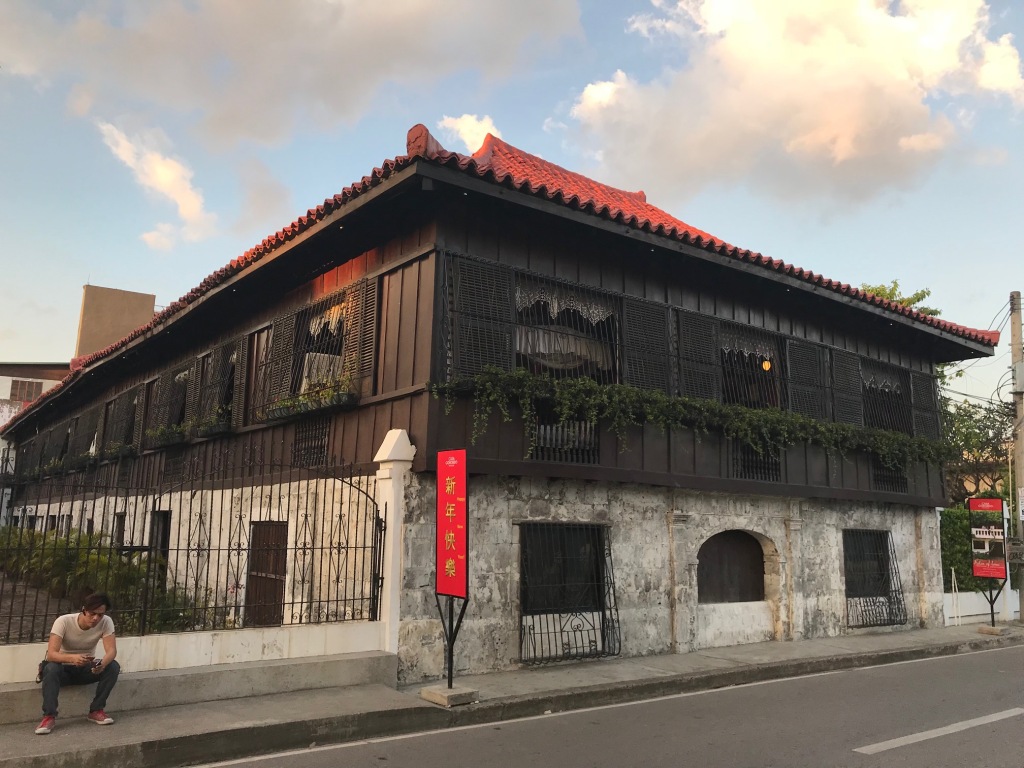
Casa Gorordo has since had a face lift. Brightly painted walls face onto the interior garden
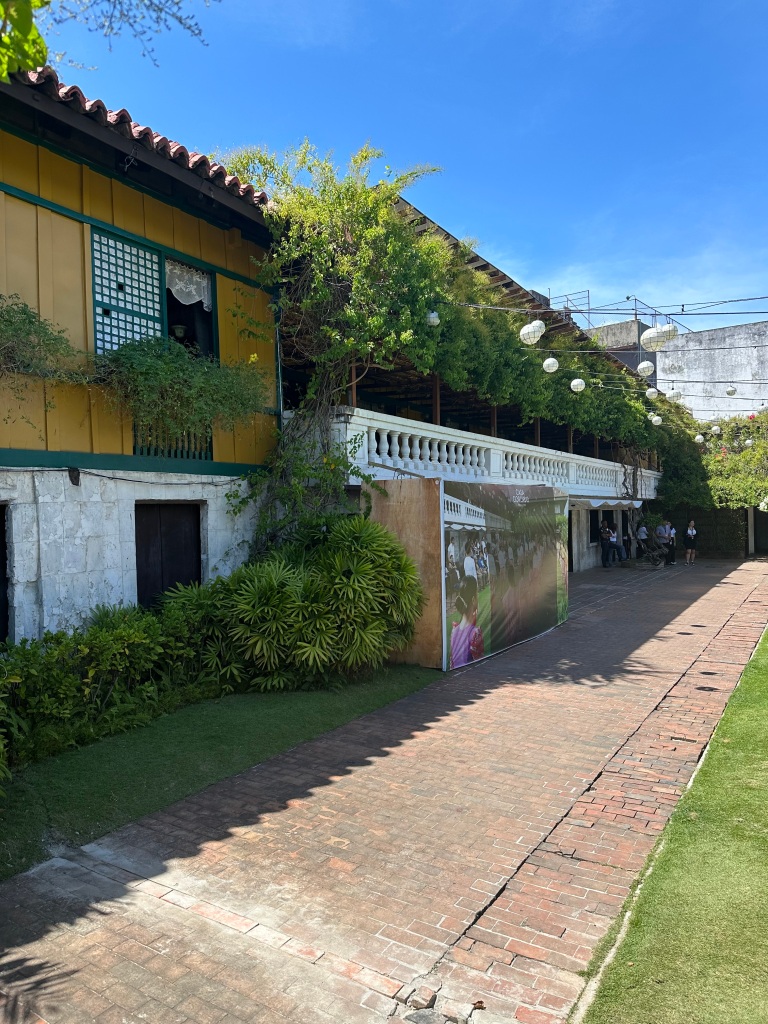
and a wonderful breezy upstairs terrace greets the visitors.
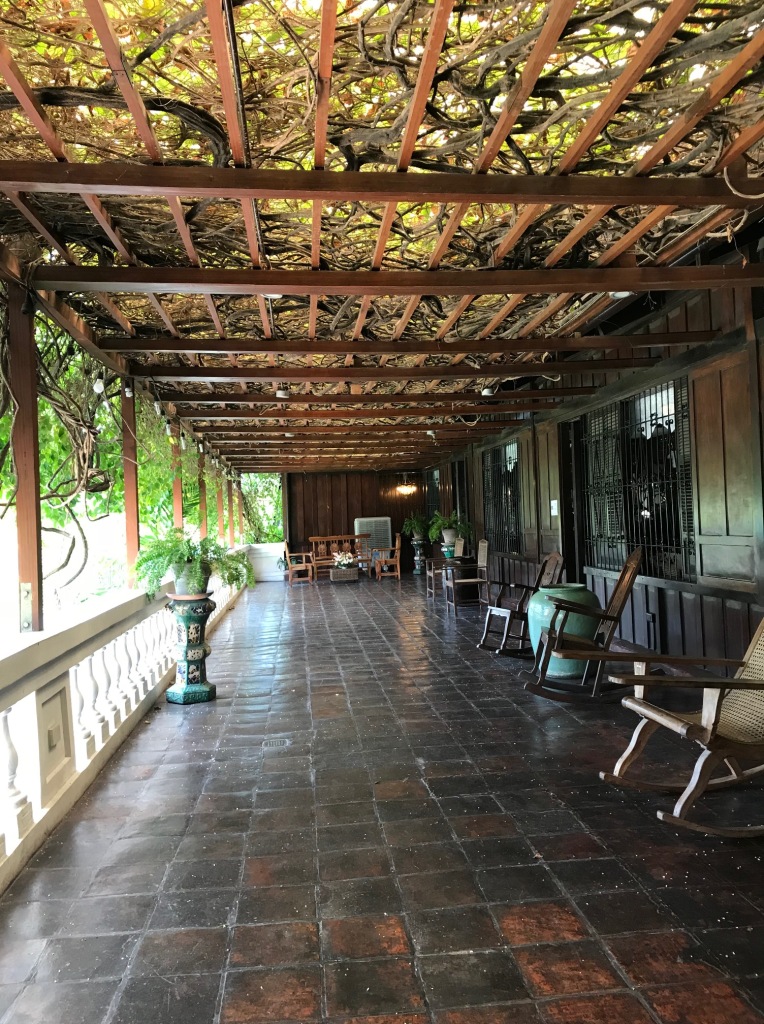
Casa Gorordo uses technology really well. This is a still photo of a changing tableau, a street scene from the colonial era. Laborers, merchants, officials and wealthy citizens walk through a market area. The scene takes about five minutes to “loop.” It is delightful.
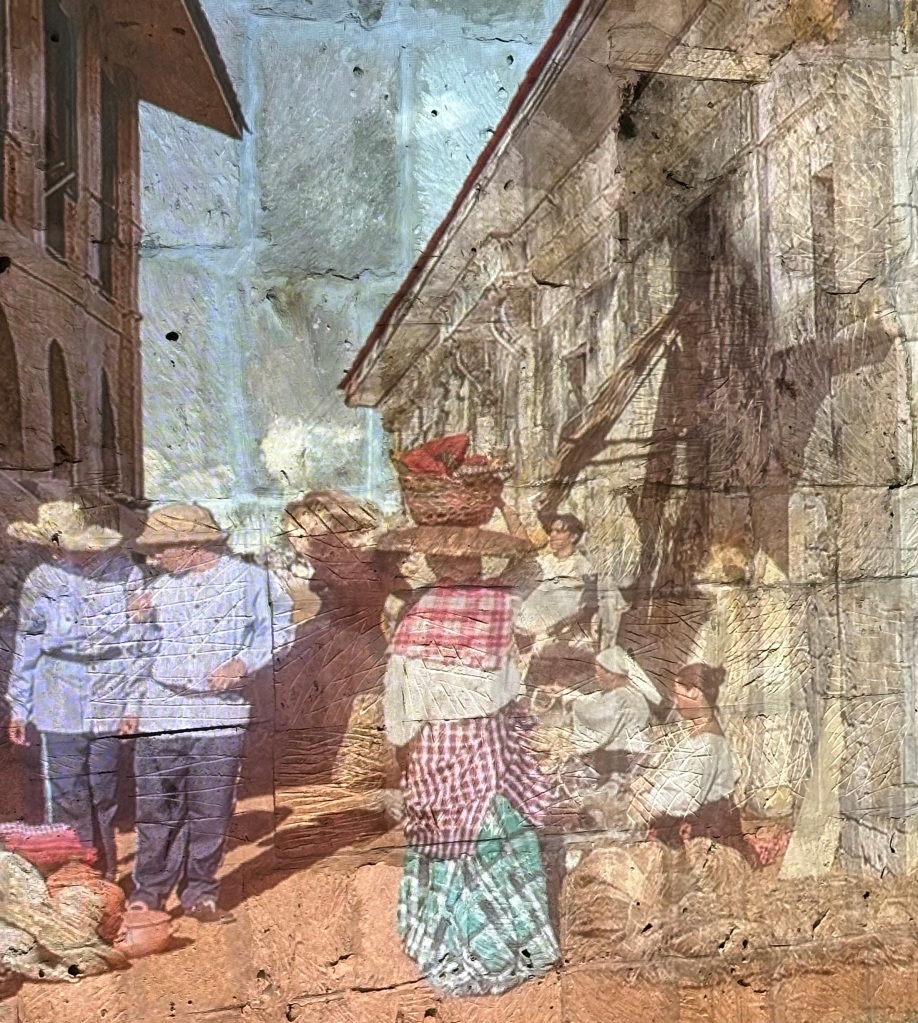
The first room downstairs features displays on the Catholic faith as practiced in Cebu. Here is San Isidro Labrador, whose story I told you here: https://orionblair.wordpress.com/2024/03/02/guimaras/
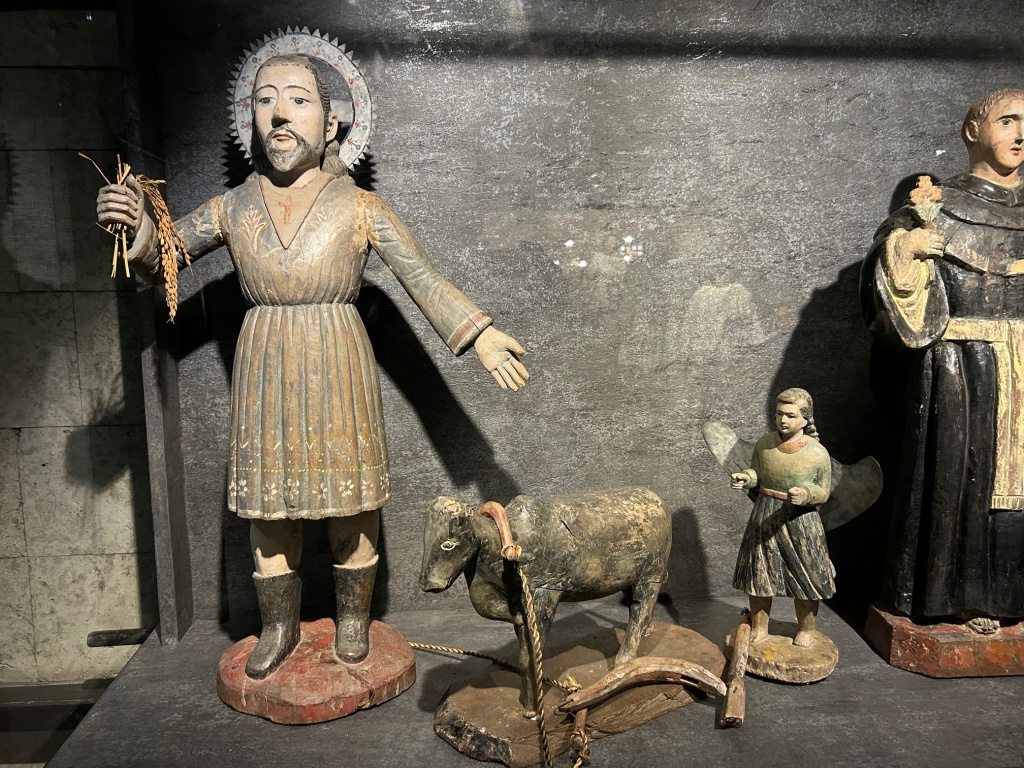
Artifacts are beautifully displayed, well lit against a dark background.
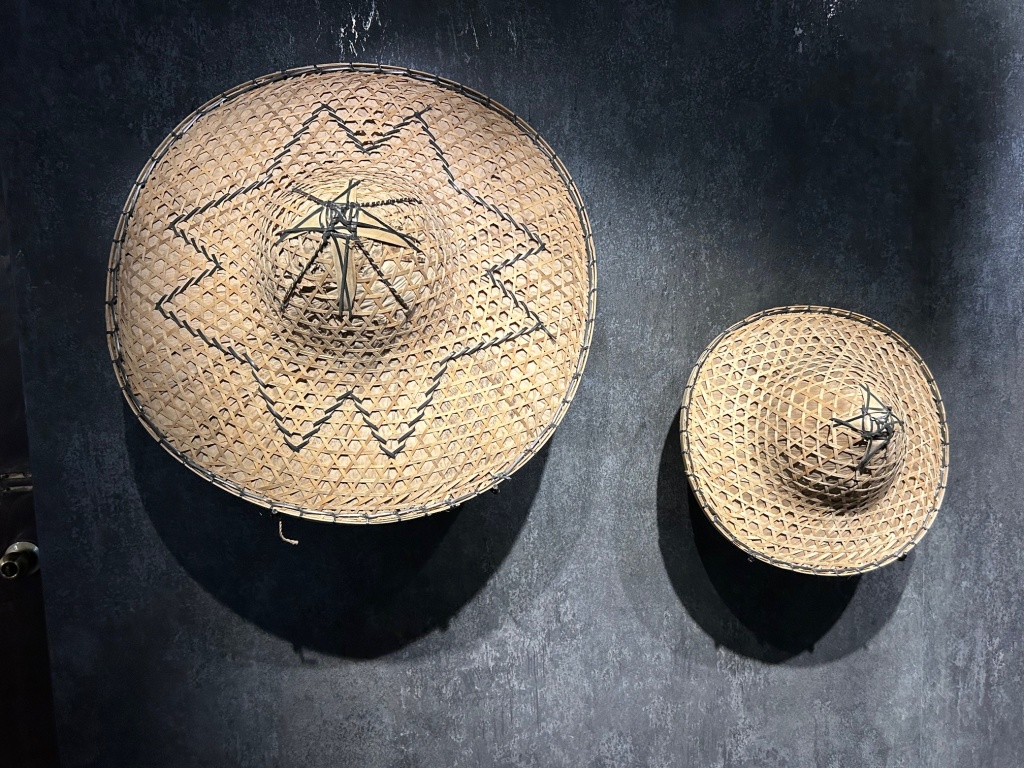
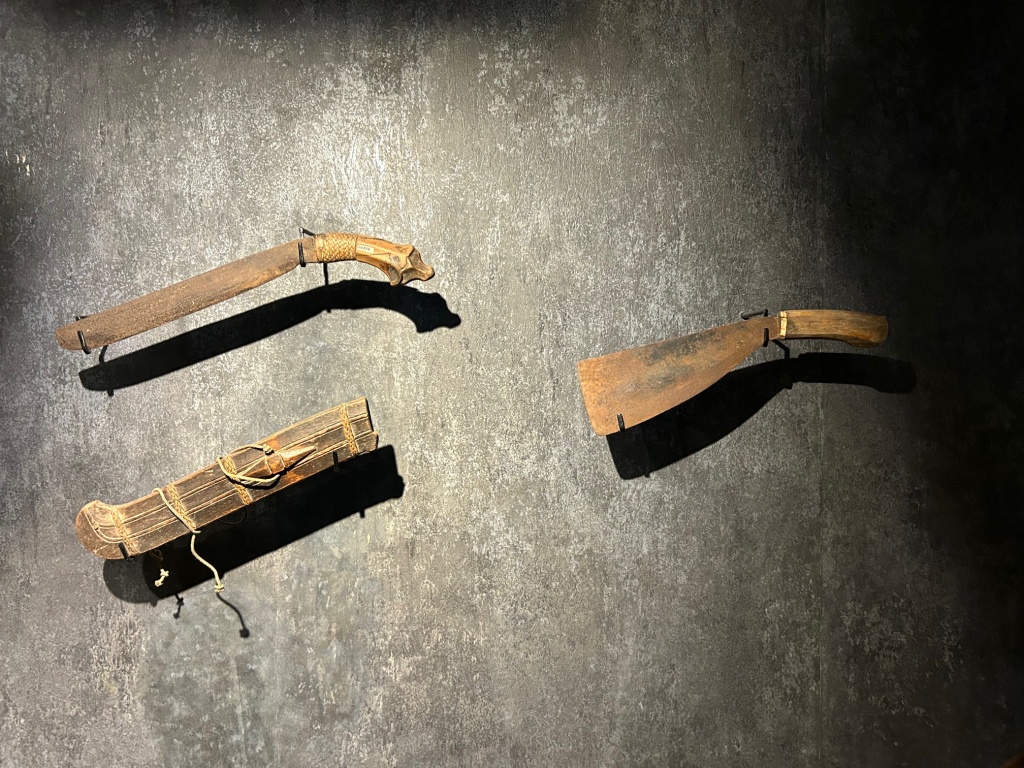
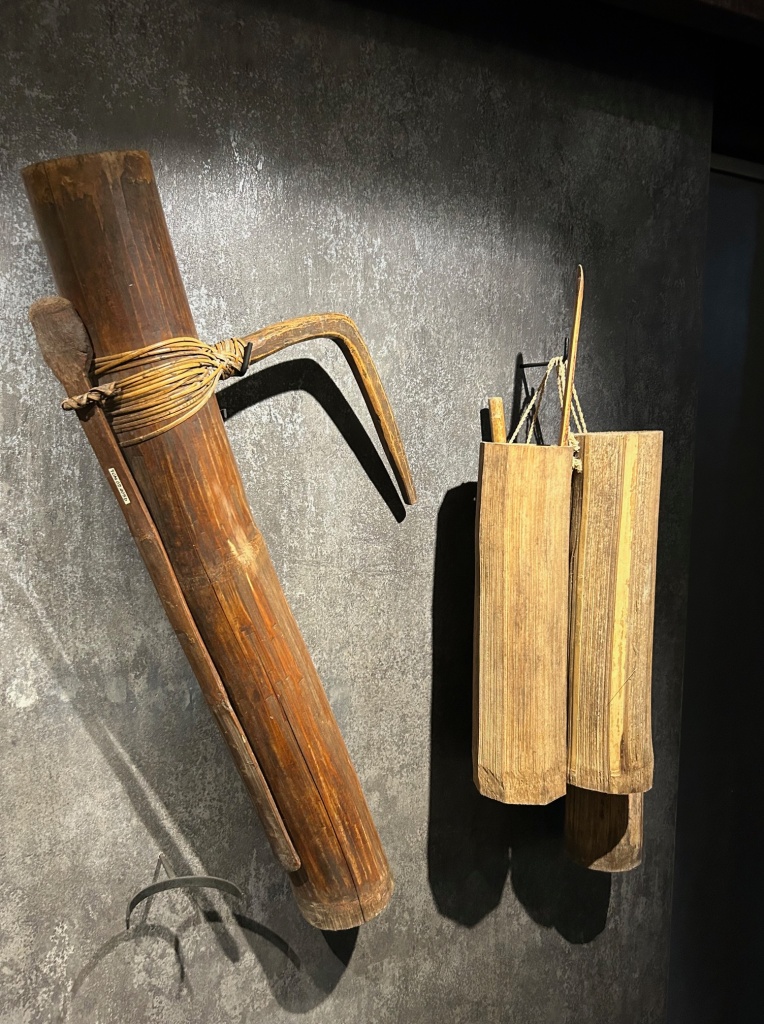
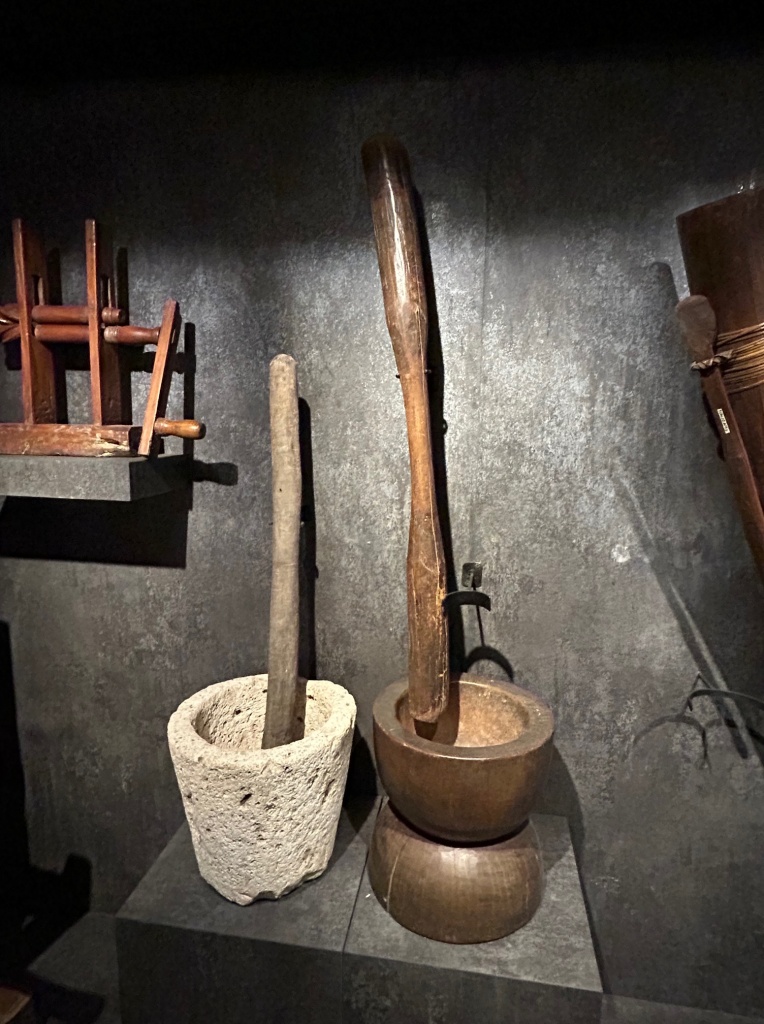
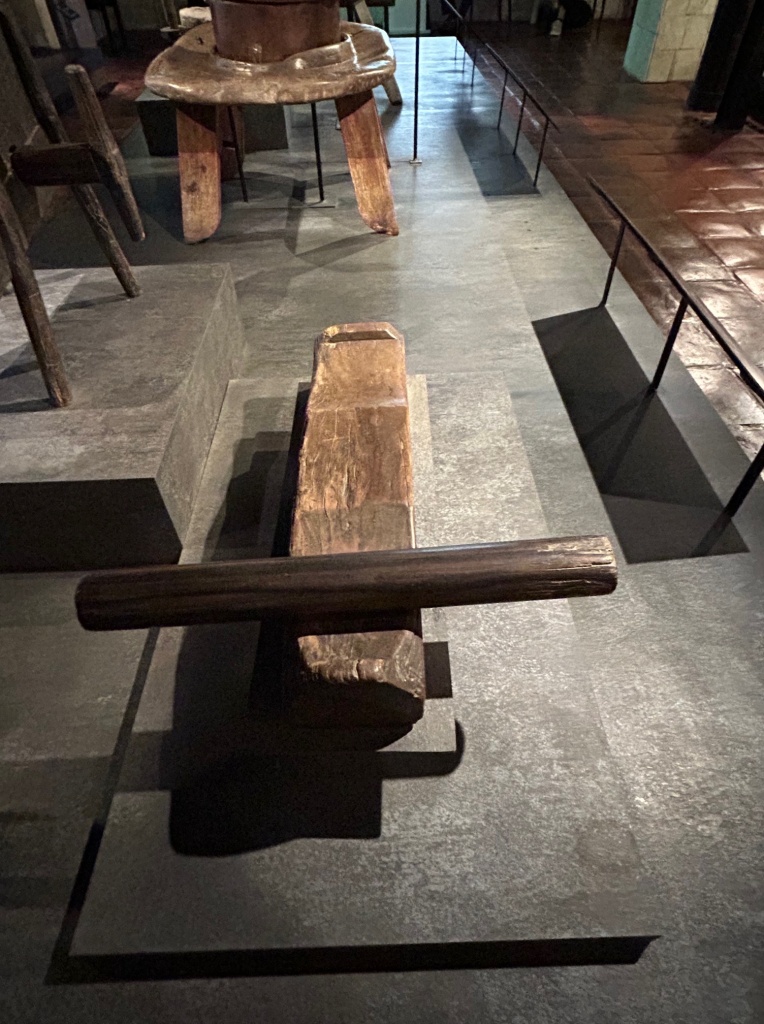
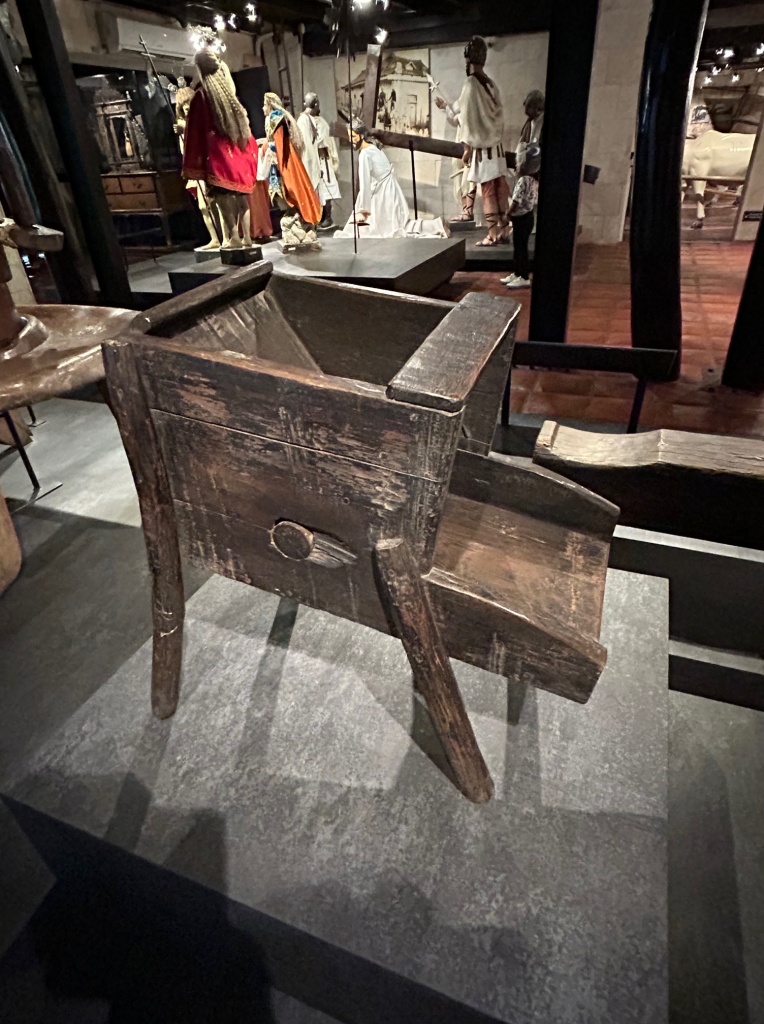
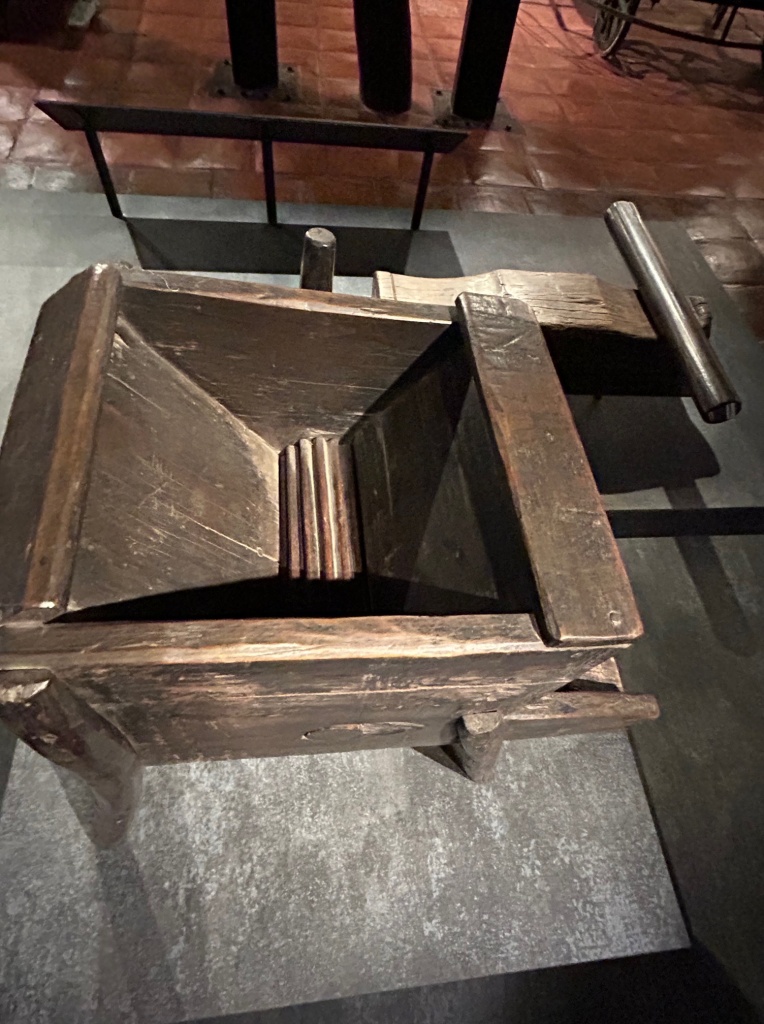
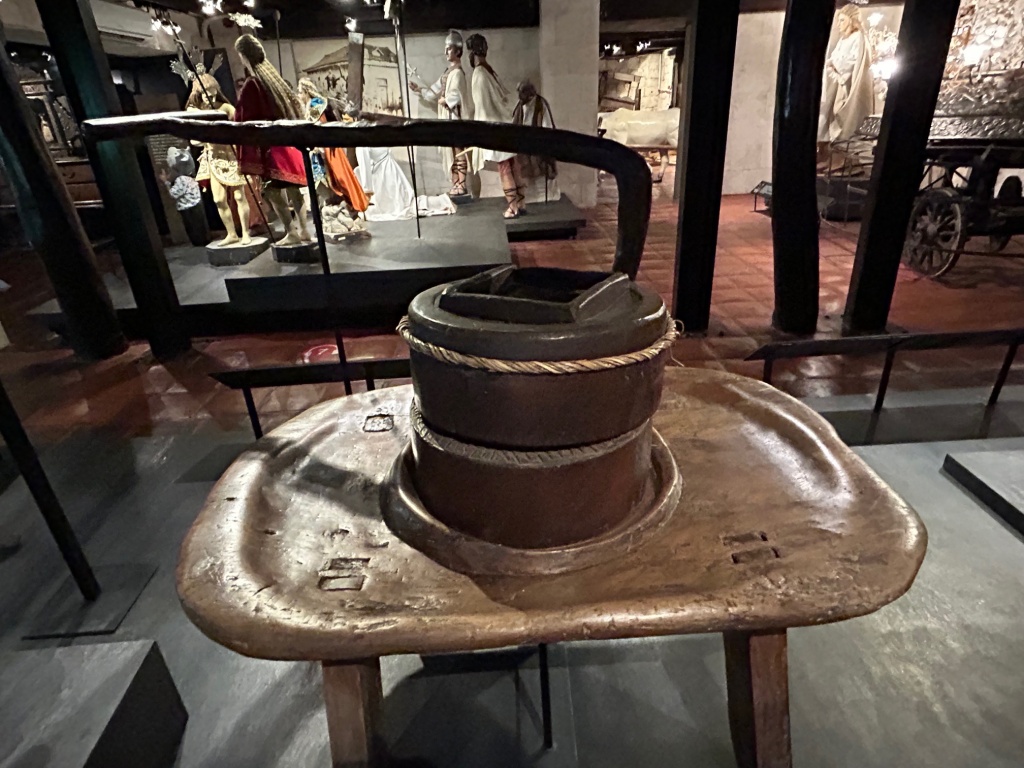
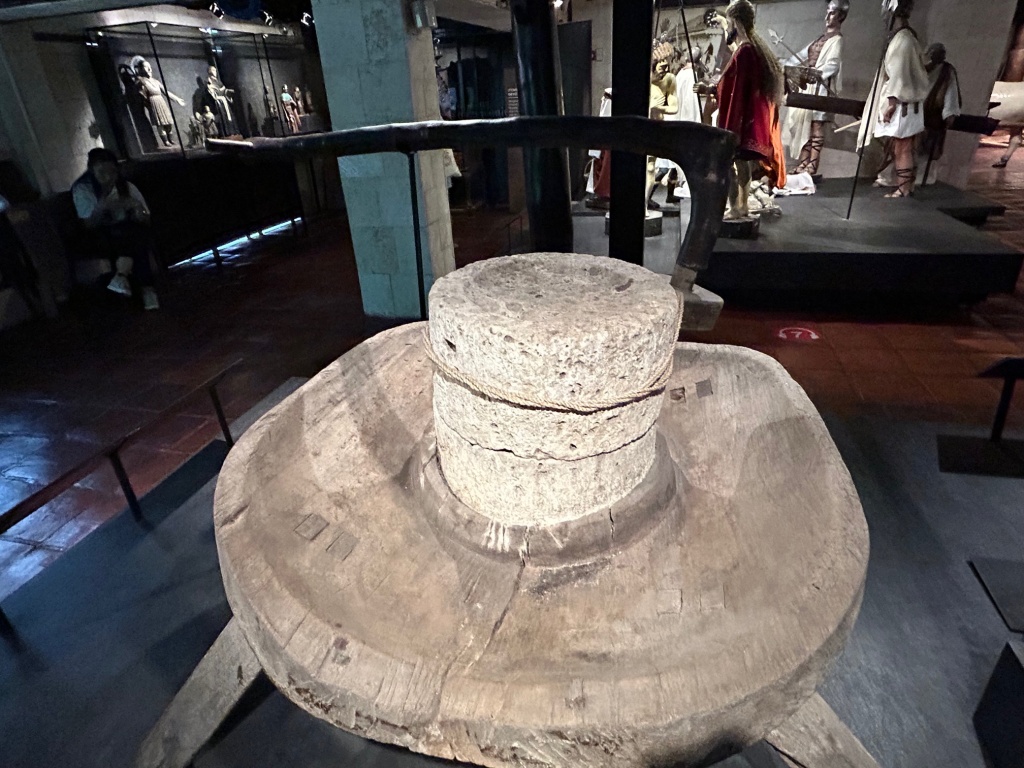
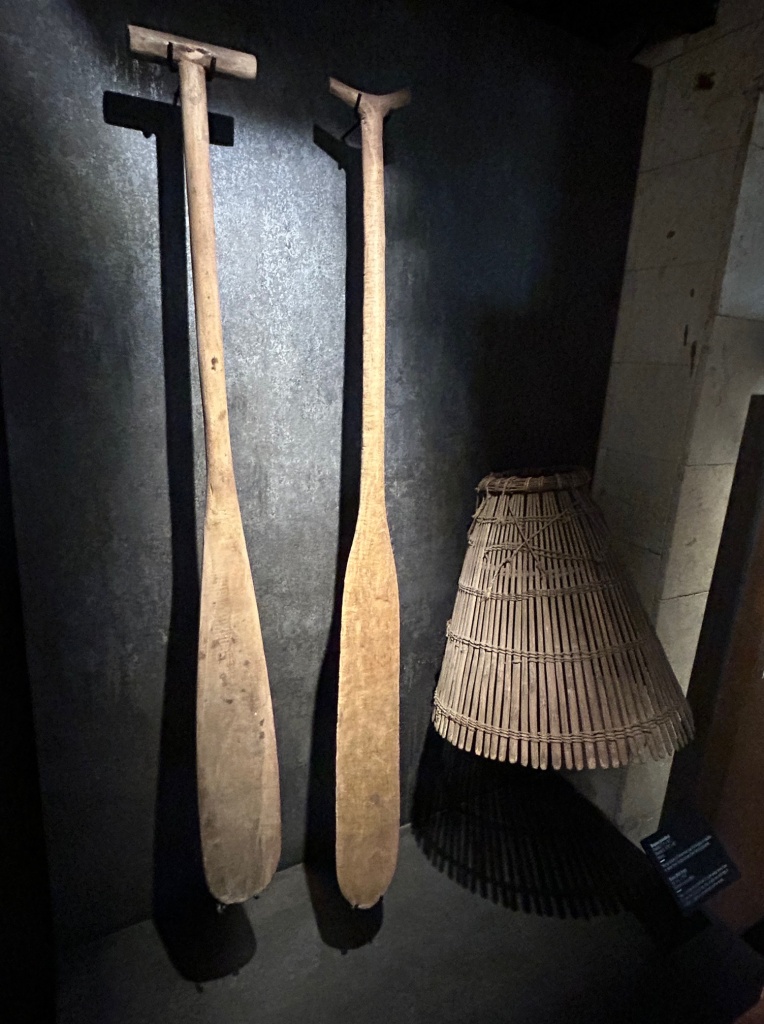
Before going upstairs, the visitor walks through a room that once stored the family’s carriages and, later, their cars.


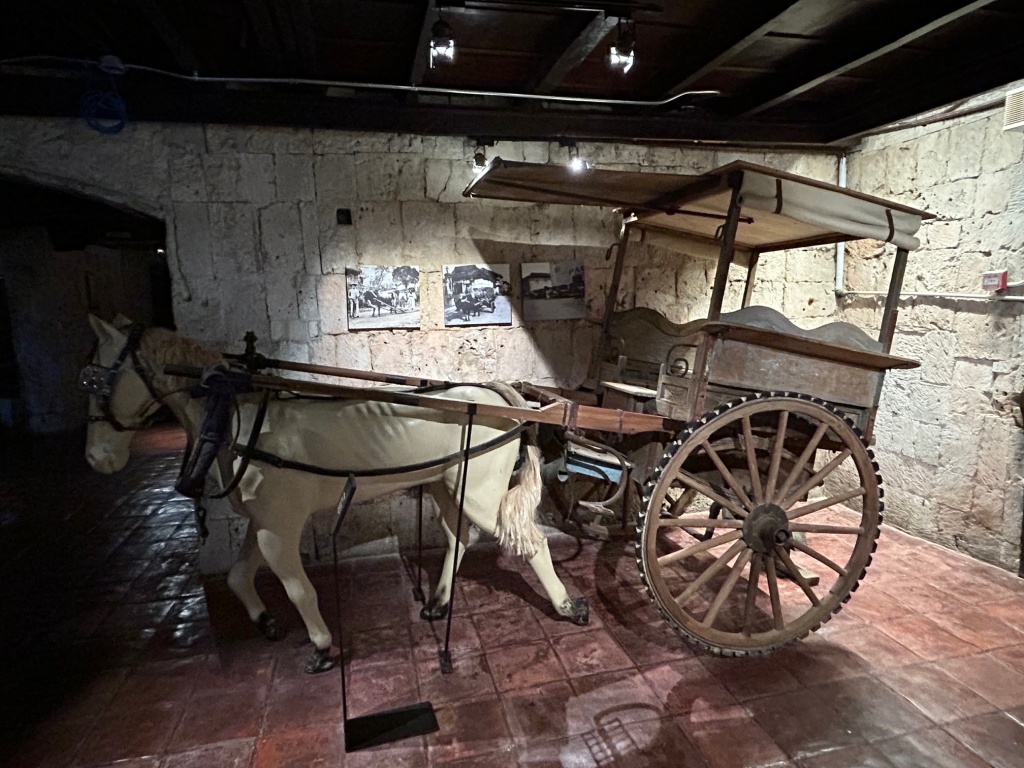
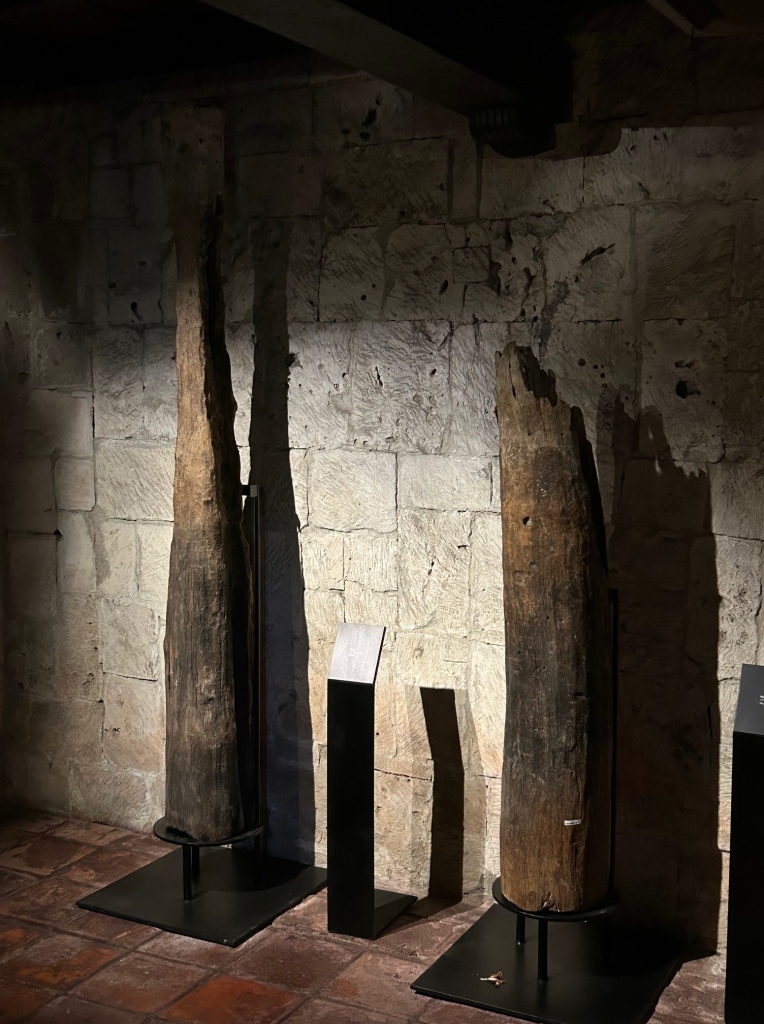
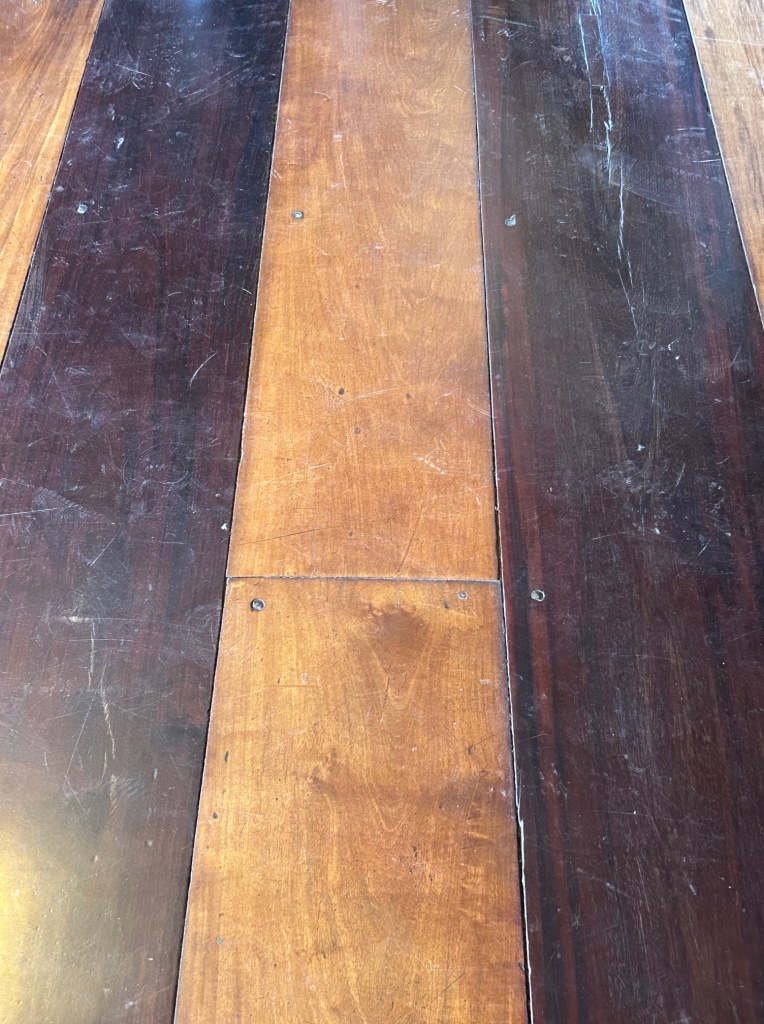
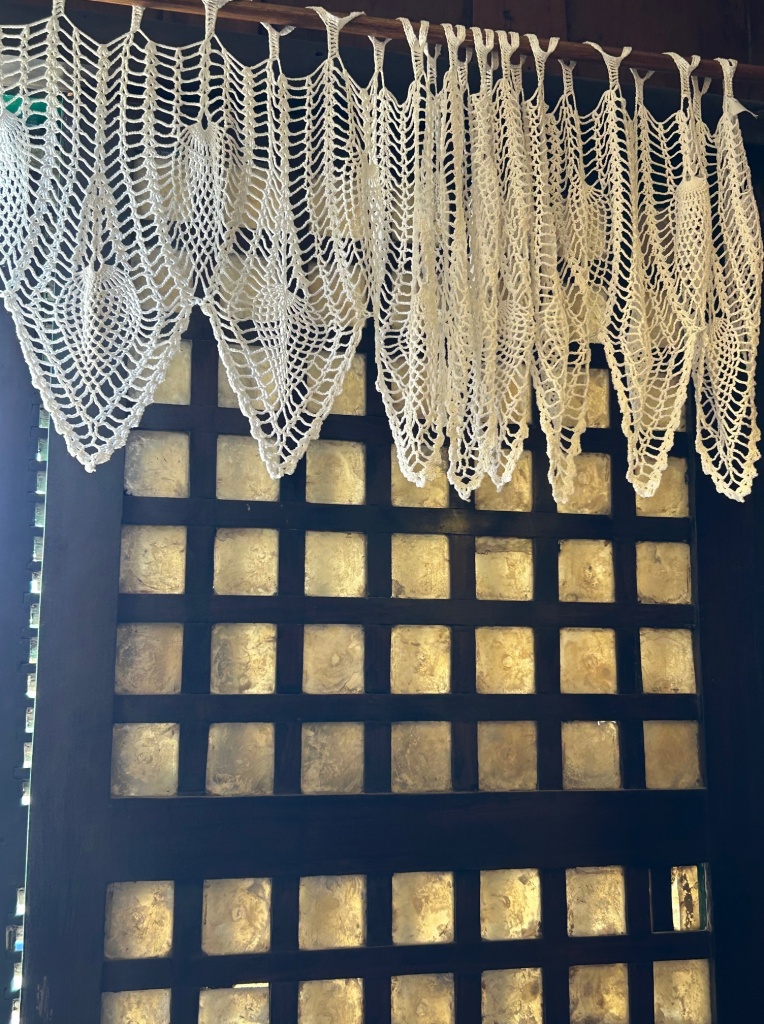
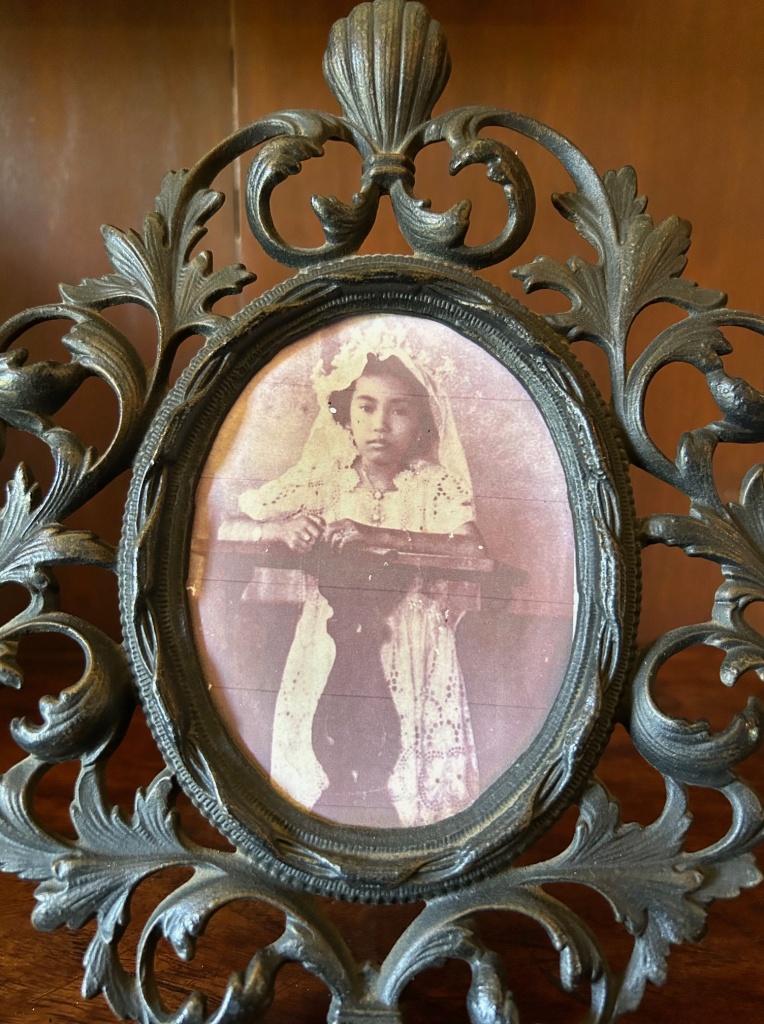
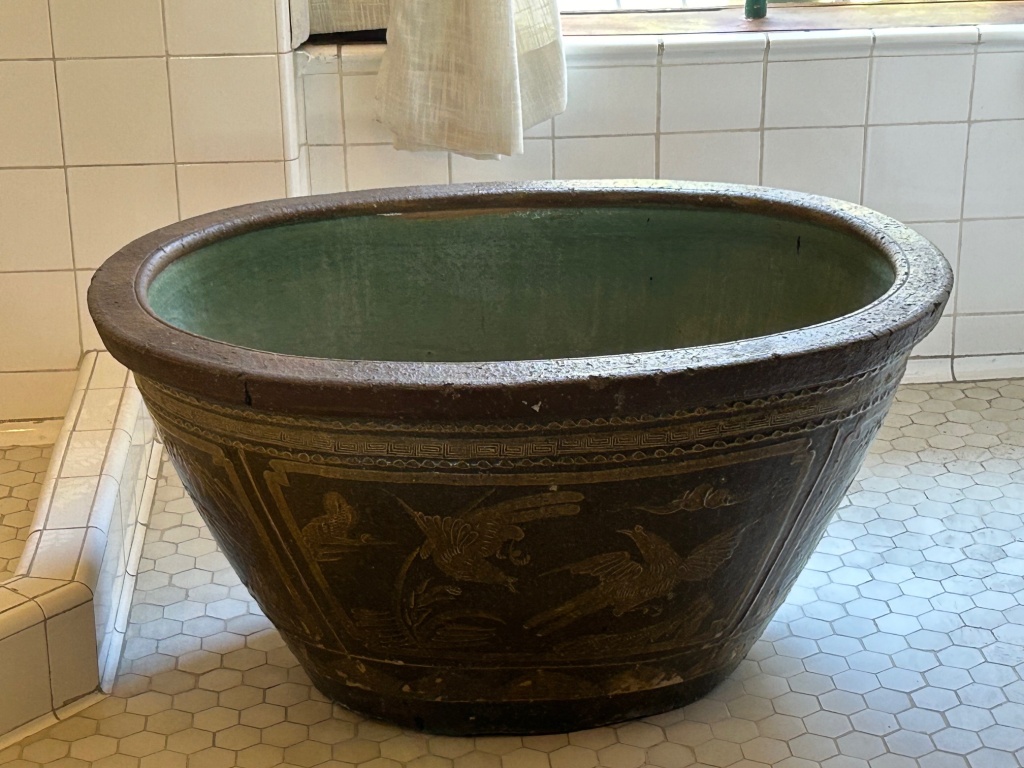
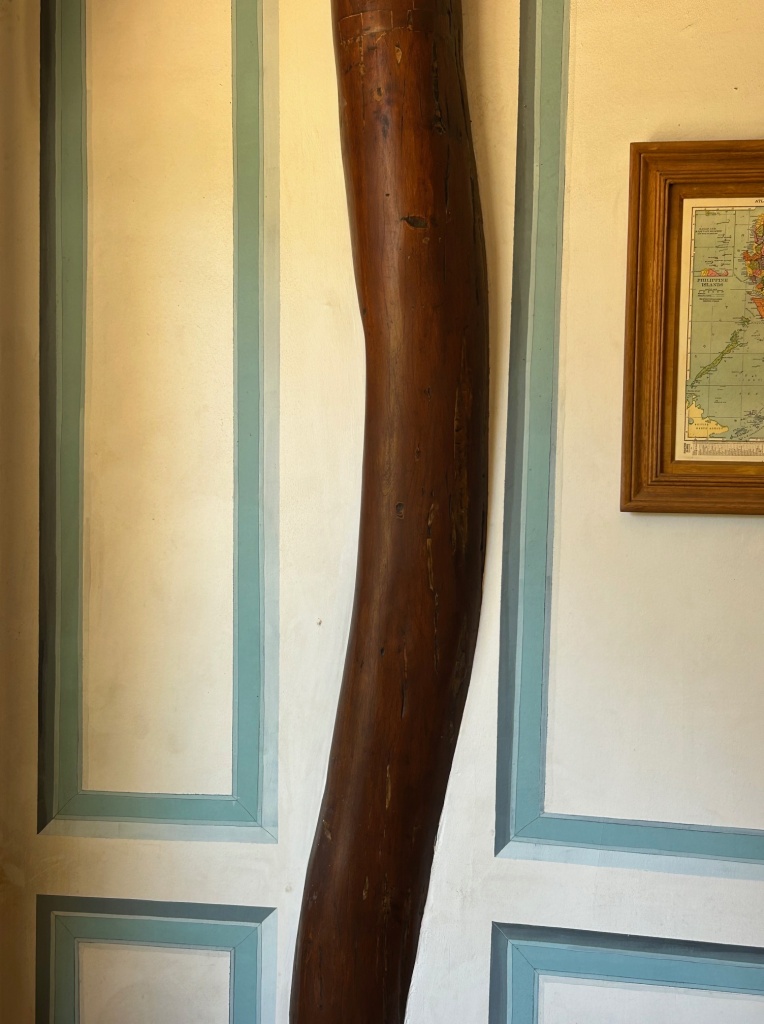
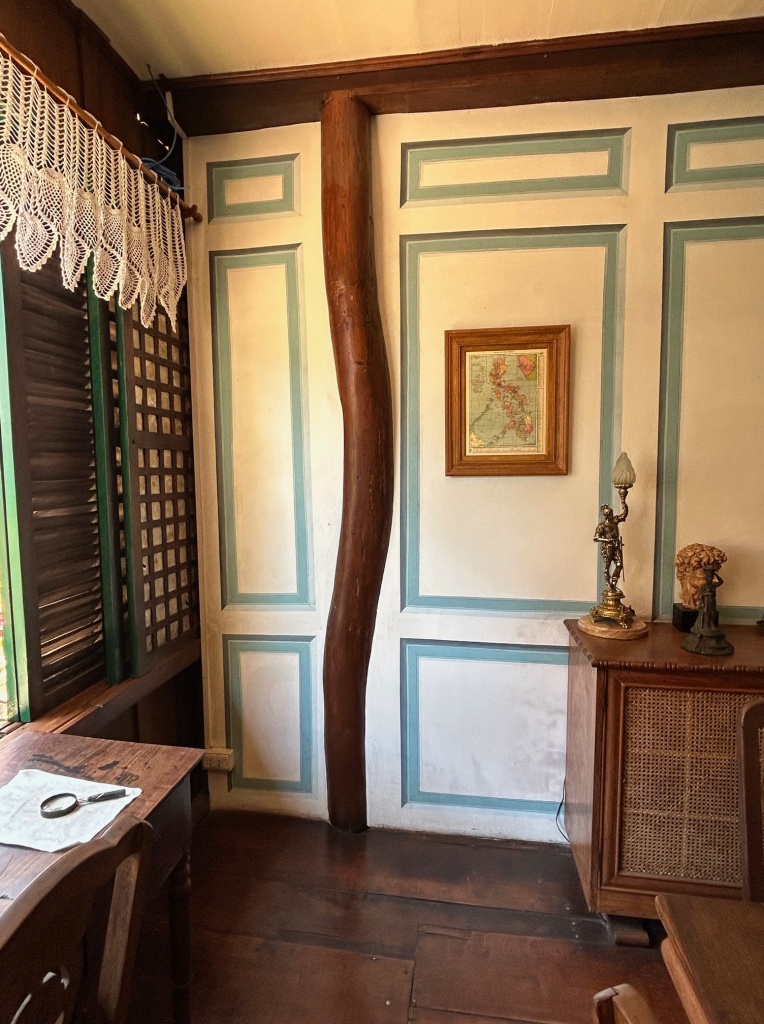
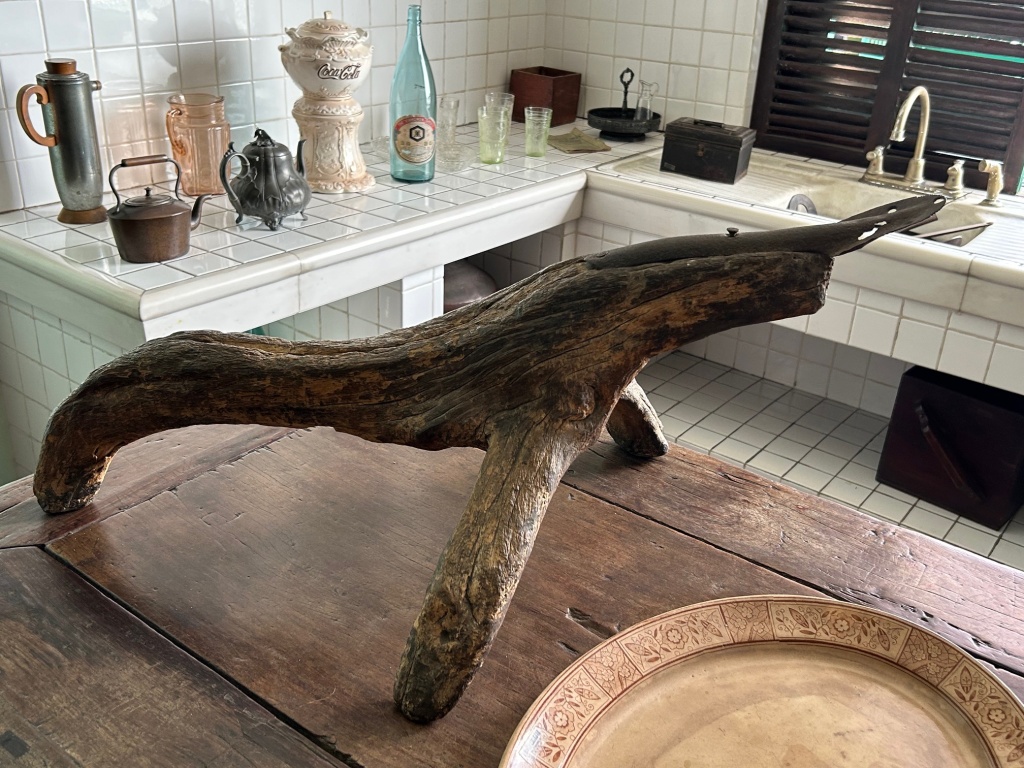
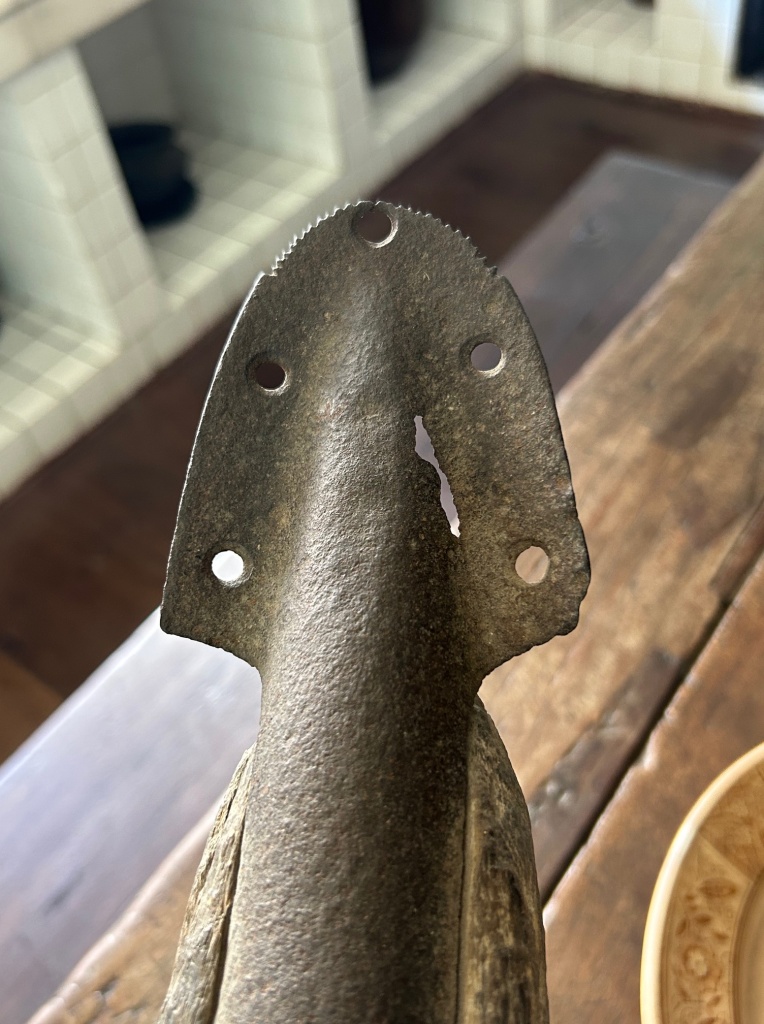

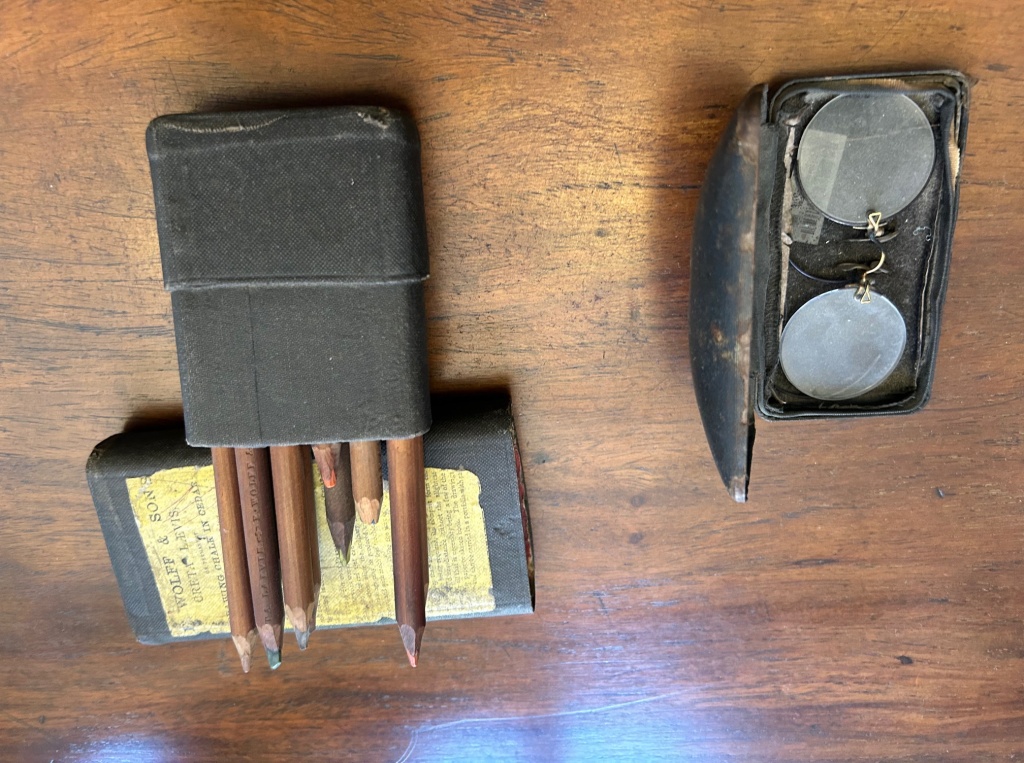
The elites of Cebu and the rest of the Philippines were not only very wealthy but well educated and well traveled – many studied overseas, especially in Spain. The national hero, José Rizal (full name José Protasio Rizal Mercado y Alonso Realonda) attended the best schools in Manila and then became a student in Madrid, Paris and Heidelberg.
His two novels, Noli Me Tangere and El Filibusterismo, perhaps original editions, are displayed at Casa Gorordo. Written in Spanish, they criticized Spanish colonial rule and in particular the Catholic Church, and they inspired both peaceful reformers and revolutionaries. His writing led to Rizal’s conviction on charges of rebellion, sedition and conspiracy. He was executed by firing squad in 1896, at the age of 35. The fact that these books are displayed probably indicates the family’s sympathy with the cause of Philippine independence.
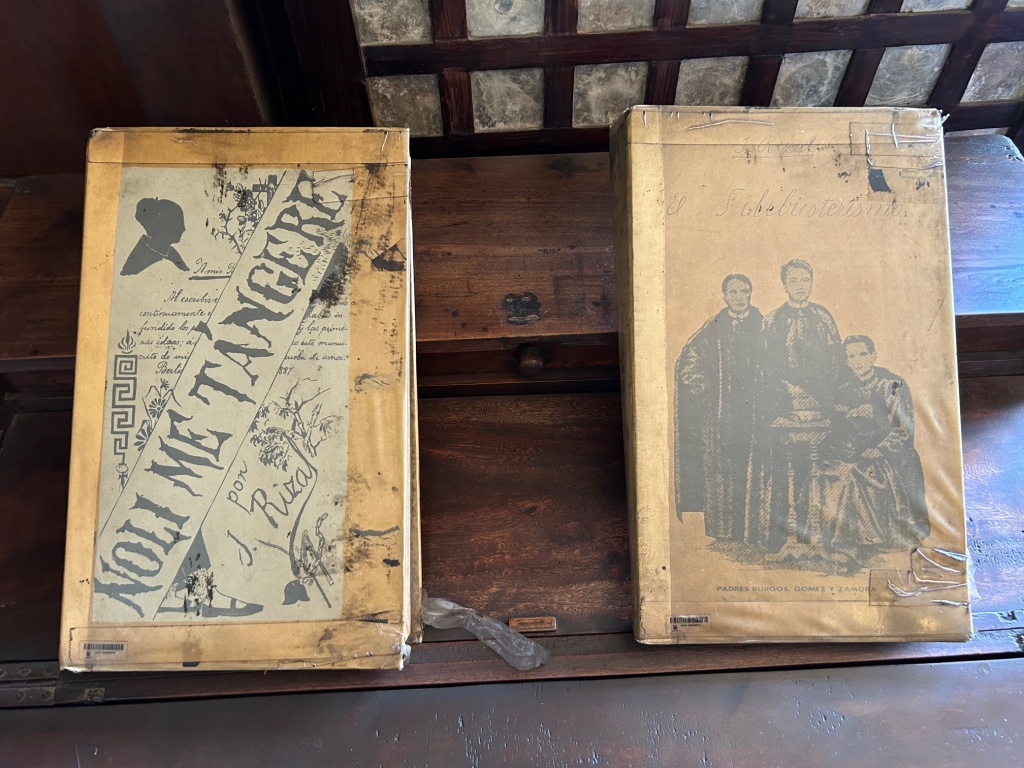
Rizal was a remarkable man. “Documented studies show Rizal to be a polymath with the ability to master various skills and subjects. He was an ophthalmologist, sculptor, painter, educator, farmer, historian, playwright and journalist. Besides poetry and creative writing, he dabbled, with varying degrees of expertise, in architecture, cartography, economics, ethnology, anthropology, sociology, dramatics, martial arts, fencing and pistol shooting.” He was “conversant” in twenty-two languages! To learn more about him, you can begin here: https://en.wikipedia.org/wiki/Jos%C3%A9_Rizal
To visit Casa Gorordo on your own: https://casagorordomuseum.org/virtual-tour